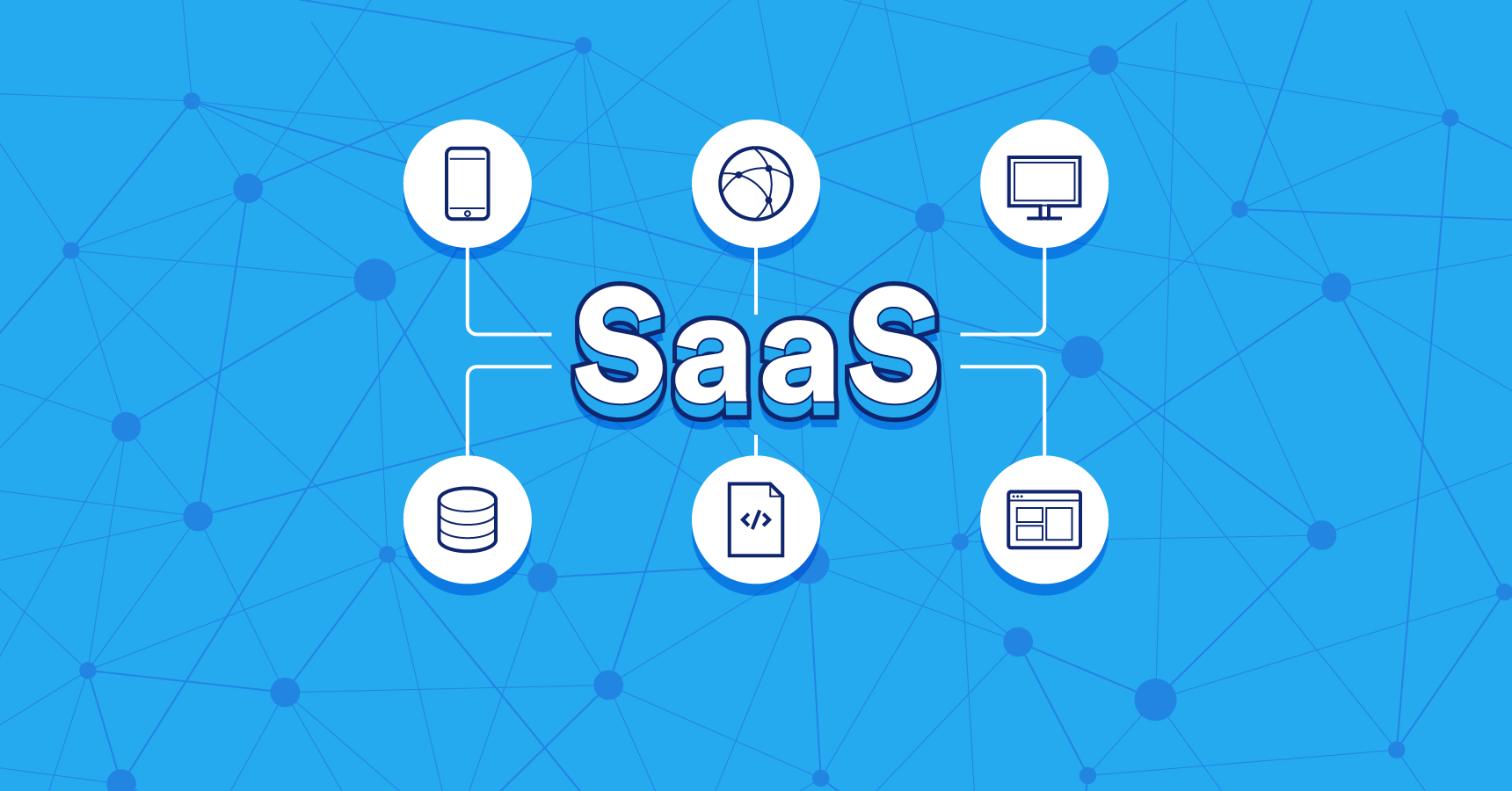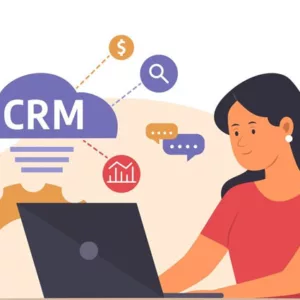Let’s have a bird’s eye view of business tasks that companies of all scales regularly face: exchange documents or sign them distantly, organize reliable communication and online meetings, hire new employees, train them and track working hours, manage the tasks, resolve customers issues – the list can be continued. In many cases, the most effective way to juggle the diversity of various problems is to use SaaS solutions.
“Software as a service” means a product that can be easily adapted to the needs of various companies, and since it’s simple and cost-effective, it becomes more and more popular. Regardless of their specifics, many businesses use Zoom for video calls, Slack for corporate communication, Notion for a corporate knowledge base, Timedoctor for tracking working time, Miro for visualization of colleagues’ ideas, etc. If you’re monitoring the economic and social trends, you see how on demand are the products that contribute to optimizing the business’s effectiveness. Salesforce, for example, improves the distribution of workflows and automates a huge volume of routine operations that leads to better communication with customers, their loyalty, and retention.
And it’s been figured out that even 5% growth in retention leads to an increase in sales by 25%! And if you dream of joining the cohort of digital entrepreneurs who play a noticeable role in making the world more convenient, building a SaaS solution is the right way. The Purrweb prepared a SaaS design overview in order to equip you with guidance on the issue.
Significance of UI UX Design for Creating a SaaS App
The high level of competition among SaaS solutions dictates the need for a meticulous and perfectly tailored interface that lets users achieve their goals fast and effortlessly.
Mesmerizing look multiplied by the well thought architecture entails the creation of a product that perfectly fits its target users.
There’s no universal approach since each product is unique and needs a”personalized ” approach. Every time the team faces the necessity to figure out who will be the tenant of a solution, what he expects, what makes the platform especially valuable for him, why competitors are weaker etc. A promising SaaS design is a sum of skillfully drawn UI design plus well-structured architecture – UX design.
Essential Aspects of SaaS Design
When we’re talking about creating a product that can be loved by many many people, we should keep our finger on the pulse of the trendy principles. They let us not lose the path but organize the work in a correct manner. The result is fully satisfied customers who are willing to use the product again and again. Every SaaS company has their own designing ideology, but there are some basic things every one should follow, such as:
1. Simplicity and Minimalism
Make the user’s journey on the app absolutely clear and friendly: don’t force him to hesitate, doubt or feel frustrated among the ocean of information. Took in work only those elements that really matter, prioritize them meticulously, and let the user see clearly the logic of a solution. The one should feel as if he had a helping hand at every step, and there’s no way to get lost or make something wrong. Focus on minimum features in your SaaS design, but tailor them in the best format.
Keep in view that the greatest value of any product is its capability to get users there where he needs fast and effortlessly.
2. Explore the Target User’s Behavior
Put on the shoes that your customers usually wear and try to “walk” in the product with their goals. Is it simple? Can you gain from the product what you exactly wanted? How much time does it take and can it be optimized? By answering the range of questions you can get a clear vision of “bottlenecks” in the SaaS design.
But don’t answer the questions only on your own: gather vast feedback from potential customers. Questionnaires on social media, marketing, and social surveys, and work in focus groups will equip you with a more precise vision of customers’ expectations, preferences, and needs.
3. Contextualization
Context-sensitive apps win more users’ favor since they are able to “predict” users’ behavior and offer them what they are searching for. Such flexibility can be tied to various parameters like location, type of task, and even part of the day.
4. Early Gathering Feedback
There’s no use waiting when the product will be launched in the market in order to ask people how they assess it. The earlier you receive the opinions of real users, the less redoing the platform will require in the future. Testing the product in the initial stages empowers you to avoid illusions and misunderstandings with your potential customers.
When you’re planning a SaaS design, make sure that signing up is easy and takes less than a minute and that onboarding is informative. Structure all the sophisticated data into dashboards and equip users with the tools for fast and accurate search on the platform.
What Influences the Timeframe and Cost of SaaS Design?
The number of features and their complexity are the core constituents of the SaaS design budget calculation. The more time and higher competencies it requires the more expensive it can be. If we refer to the Purrweb experience, the average timeline for building a SaaS platform is three-four months. The average cost of MVP spins is around $25,000.
7 Steps to Create Your Own Platform
Here we list the complex activities that lead to getting a high-fidelity SaaS design plus an entire product.
1. Analyzing the Market and Exploring Competitors
Learn as much as you can about the existing platforms in the niche and figure out the pros and cons of why customers use them. Take the tested practices onboard in planning SaaS design.
2. Articulation of the USP: Highlight the Service Uniqueness
Write a clear explanation of what and for whom will your product perform, and especially, why it’s more interesting than competitors.
3. Definition of its Monetization Strategy
Think in advance about which schemes you will implement in order to make money: subscription plans, per user, percentage, and so on.
4. Building a User-friendly Multi-Tenant Architecture
Since the platform is addressed to thousands or millions of potential users, it should be easily customizable for each group of tenants.
5. Choosing an Appropriate Technology
Availability on diverse devices is a must-have, nowadays. Take care of building cross-platform solutions for a better customer experience.
6. Creating an MVP
To be able to correct your brainchild from the very beginning due to real feedback, start with an MVP.
7. Testing, Delivery, and Maintenance
Check bugs, launch, and polish the service till it will become a perfect match for your customers’ needs.
As you see, when there’s a clear vision of the way paired with a sincere desire to contribute to the business’s effectiveness, the only thing that separates you from this journey is the first step.





